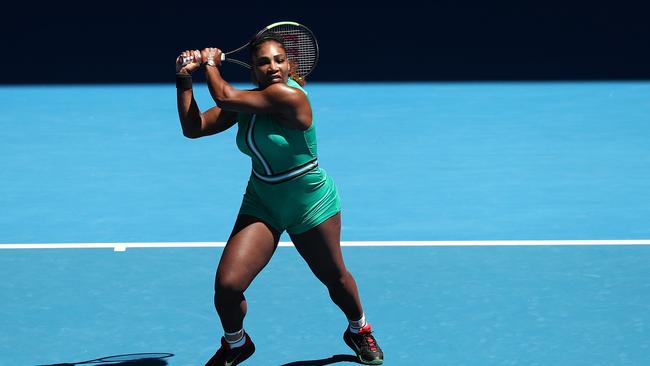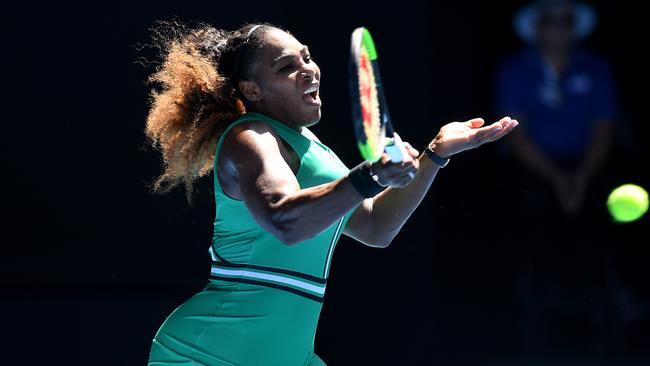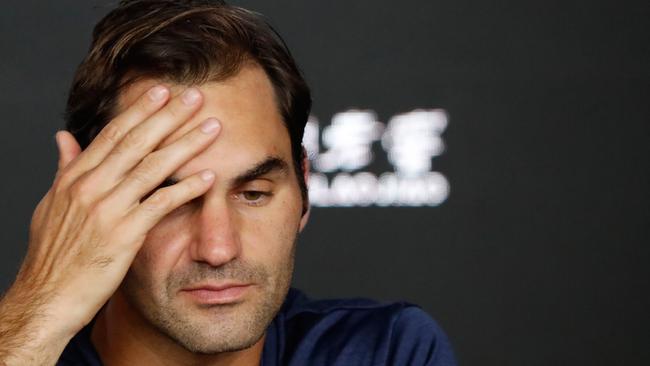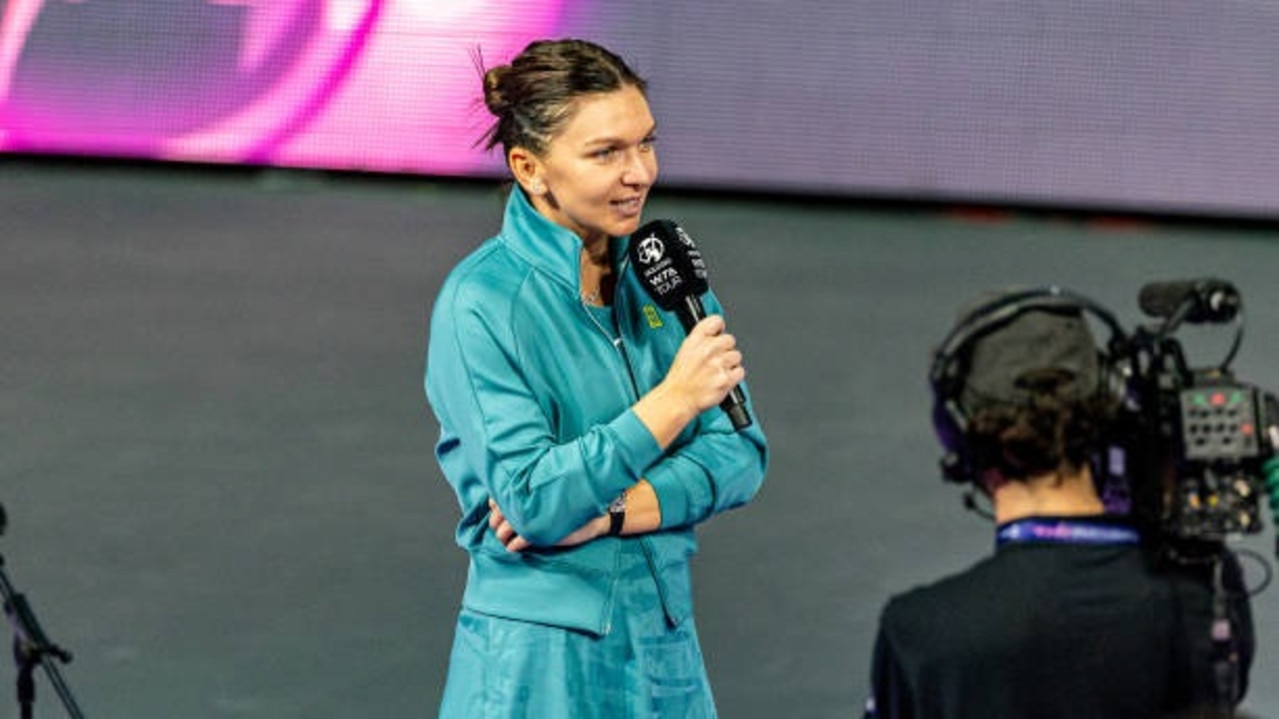Fact v fiction: What Serena Williams got wrong when she spoke about equal pay
Predictably, Serena Williams’ victory was followed by fawning acceptance that everything she said about equal pay was true. It wasn’t and that presents a dangerous divide, writes Leo Schlink.

Tennis
Don't miss out on the headlines from Tennis. Followed categories will be added to My News.
First the facts. The rhetoric can wait.
The Australian Open pays equal prizemoney, has done for years.
Ditto for the US Open. The French Open and Wimbledon joined the parity party in 2007.
Forget the argument about men playing best of five sets, while the women play three, and the apparently inherent imbalance in pay scales.
Winners and losers – regardless of gender – are paid exactly the same at Melbourne Park.
Tennis Australia will outlay a record $62.5million over the three weeks of the Open, qualifying included, where first-round losers walk away with $15,000.
The same formulae apply to doubles.
THE TRUTH ABOUT EQUAL PAY IN TENNIS

It cannot be any more equitable.
But, as predictably as a Serena Williams victory is followed by fawning acceptance over everything the American says, misinformation in the debate over prizemoney again plays to the domain of the uninformed and opportunistic.
The numbers don’t lie, only the propaganda.
In Australia this summer, in events TA has a stake in with the men’s and women’s tour, the women don’t have parity.
They get paid more.
Fact.
In Brisbane and Sydney, the men’s tour – the ATP Tour – offered a total financial commitment of $823,259 at each event.
In Brisbane, the women’s tour – the WTA – offered $1,396,111. In Sydney, the bounty was $1,149,000.
Grab a calculator, there is a difference.
At the Australian Open, there is the unconditional prizemoney parity Williams referenced after third-round victory.

First-round losers, men and women, depart with $75,000. The champions, female and male, walk away with $4.2million.
Fact.
What is also indisputable that at other tournaments, elsewhere, women are not paid as well as the men.
So, let’s cut to the chase.
As former player Sam Groth points out, the International Tennis Federation has nothing to do with grand slam prizemoney distribution.
The four majors operate independently.
The ITF is similarly uninvolved with the regular tours.
The ATP and WTA operate under different administrations and different imperatives.
Both tours rise or fall on business acumen.
The ATP has benefited hugely from a golden generation of stars.
The WTA has been blessed by the box office drawing power of Williams, her sister Venus, Maria Sharapova, Simona Halep, Garbine Muguruza and others.
When Williams was asked about pressing for greater parity and equality, this is what she said: “Yeah, well, we are still are fighting for equal prize money at all events across the board.”
The key phrase is “across the board.”
The problem is that there is no central prizemoney pool in tennis.
It is business driven, fuelled by marketability, powered by television ratings and the advertising dollars which follow.
The two tours and the four grand slam tournaments operate independently.
Prizemoney distribution is a matter for each of them.
Williams would like leading male players to support calls to boost women’s prizemoney.
They already have.
“When I fought for equal prize money for the men’s game, I knew it was a dollar for a dollar also for the women’s game going up,” Federer said.
“I was really, really happy for them. They deserve it.”
Enough said.
Originally published as Fact v fiction: What Serena Williams got wrong when she spoke about equal pay


